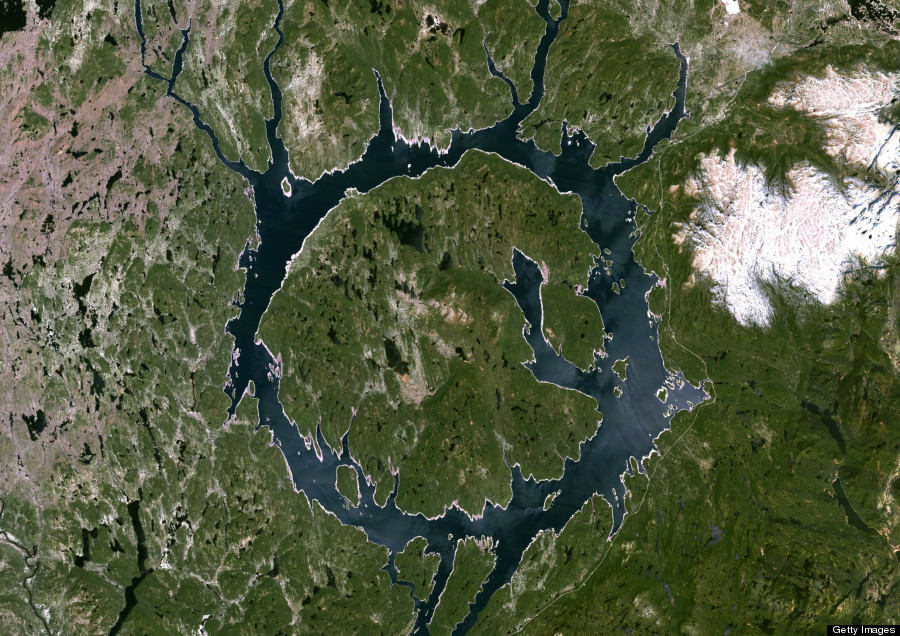
Le cratère Manicouagan Vigile.Québec
Lake Manicouagan is the deepest lacustrine basin in eastern North America. • Proglacial, postglacial and reservoir stages characterize the evolution of the basin. • Lake level changes are inferred from subaerial and subaqueous terraces. • Significant slope processes are illustrated from basin-wide mass-movements. Abstract

Manicouagan Crater Archives SpaceRef
Manicouagan Reservoir Crater Around 214 million years ago, an asteroid about 5 kilometers (3 miles) in diameter slammed into what is now Quebec, Canada, creating a crater about 100 kilometers (60 miles) across. The impact caused a shock wave and air blast that would have killed plants and animals within at least 500 kilometers (310 miles).

Manicouagan Crater in Québec, Canada (© Universal History Archive
…crater impact lake, the annular Manicouagan Reservoir, also known as the Eye of Quebec, completely surrounds René-Levasseur Island, the second largest lake island in the world. Read More

Manicouagan impact crater Canada's 210 million year old Ma… Flickr
Review the Cleaning and Safety Practices as Advised by the Property. Know Before You Go. Get the Most Out of Your Vacation with Packages. Explore Fun Things to Do On Your Stay.
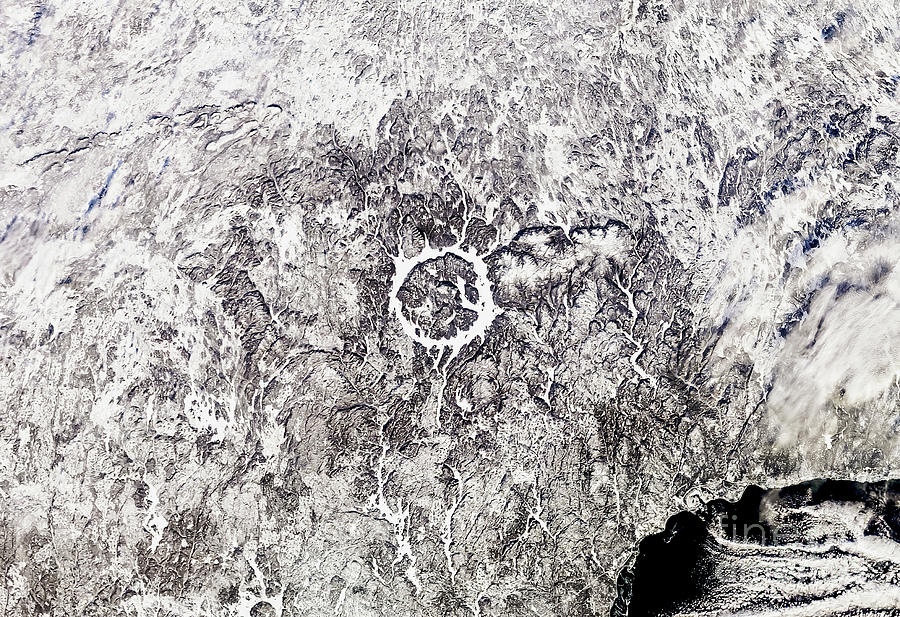
Manicouagan Lake Canada Impact Crater in Winter From Space Photograph
Manicouagan Crater, located in Canadian province of Québec, is one of the Earth's oldest and the most visible impact craters. Manicouagan Crater was formed by an asteroid strike over 214 million years ago. Like a pebble creating ripples when dropped into water, the crater has concentric rings formed by shock waves transmitted by the impact.
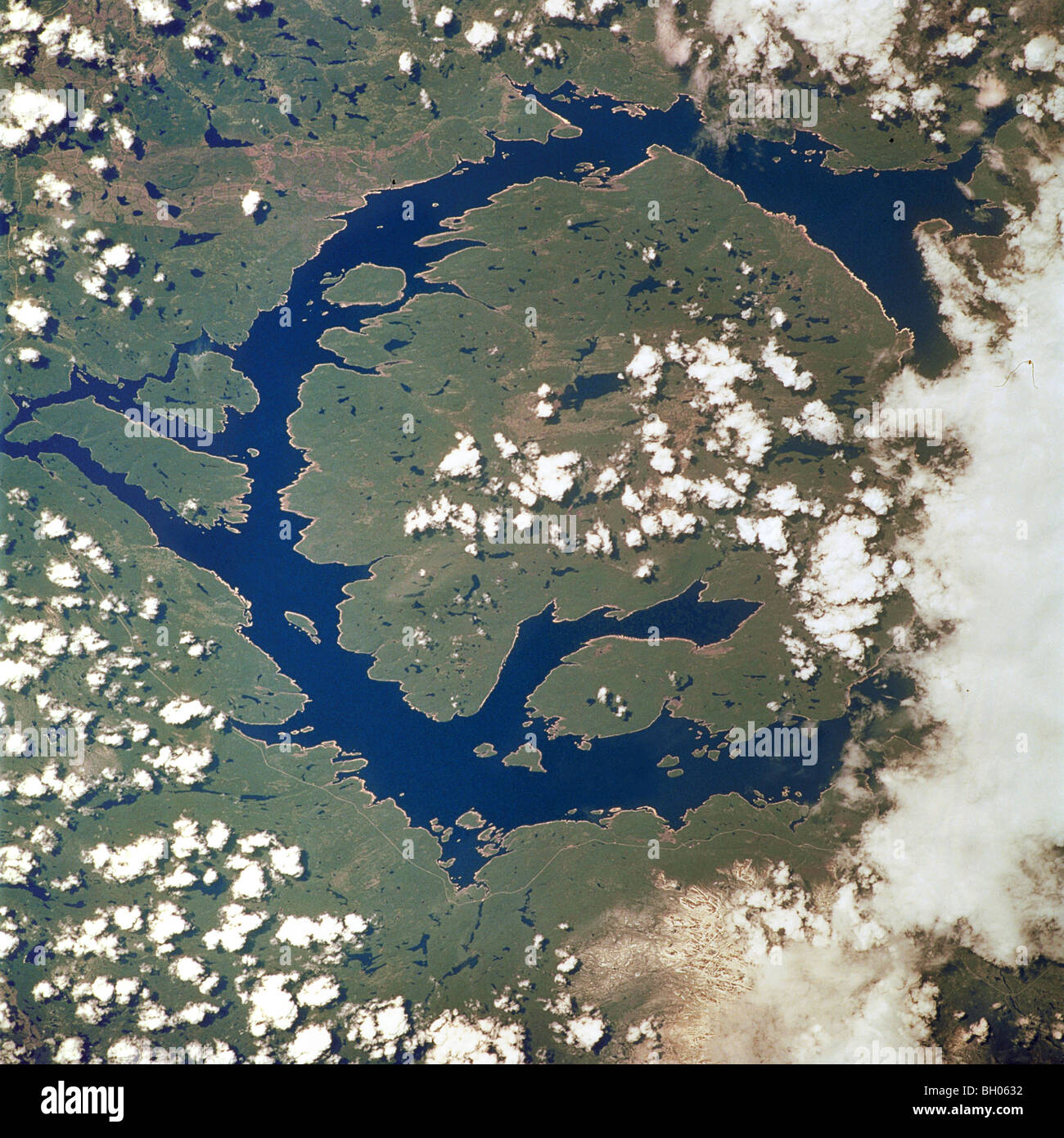
Manicouagan Reservoir in Quebec marks the site of an impact crater
Manicouagan Reservoir (also Lake Manicouagan) is an annular lake in central Quebec, Canada, covering an area of 1,942 km 2 (750 sq mi). The lake island in its centre is known as René-Levasseur Island, and its highest point is Mount Babel.

BRLNDOBLOG Manicouagan Crater Lake
Lake Manicouagan in northern Quebec, Canada, surrounds the central uplift of the impact structure, which is about 70 kilometers in diameter and is composed of impact-brecciated (relatively large pieces of rock embedded in finer grained material) rock.

Manicouagan crater Stock Image E670/0060 Science Photo Library
The Manicouagan Reservoir, 1,942 km 2, elevation 360 m, is located in southeastern Quebec, about 140 km from the Labrador border. The second-largest natural lake in Quebec, it was created by a meteorite millions of years ago. The name "Manicouagan" is possibly of Innu origin and might mean "where there is bark" (for canoe making).
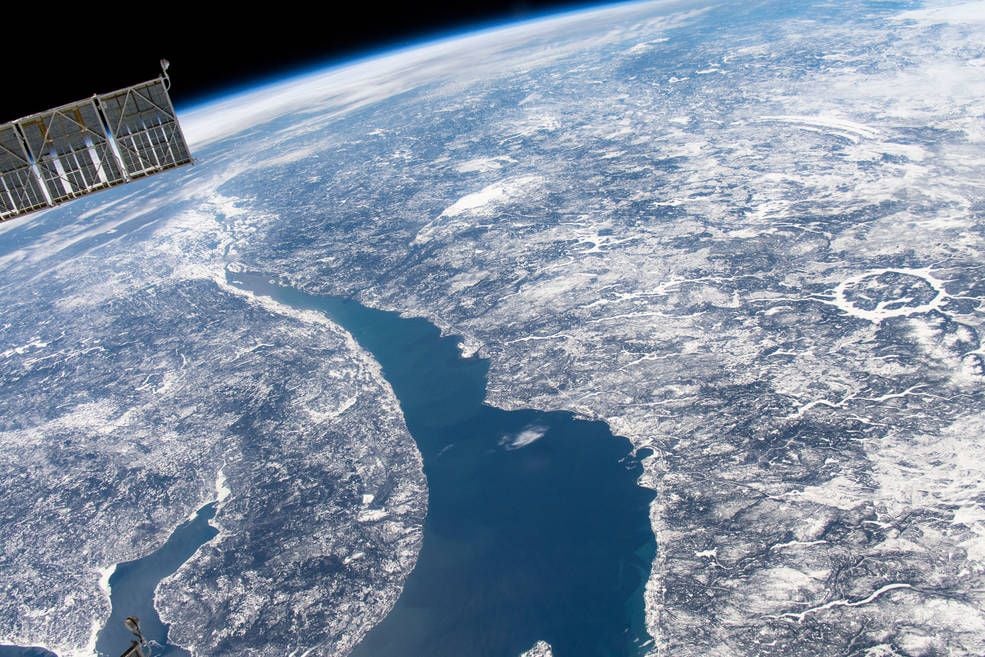
El cráter de impacto Manicouagan visto desde el espacio
Lake Manicouagan is a reservoir and crater lake situated over 700 kilometers north of Quebéc City. It was formed 214 million years ago by a massive meteor st.
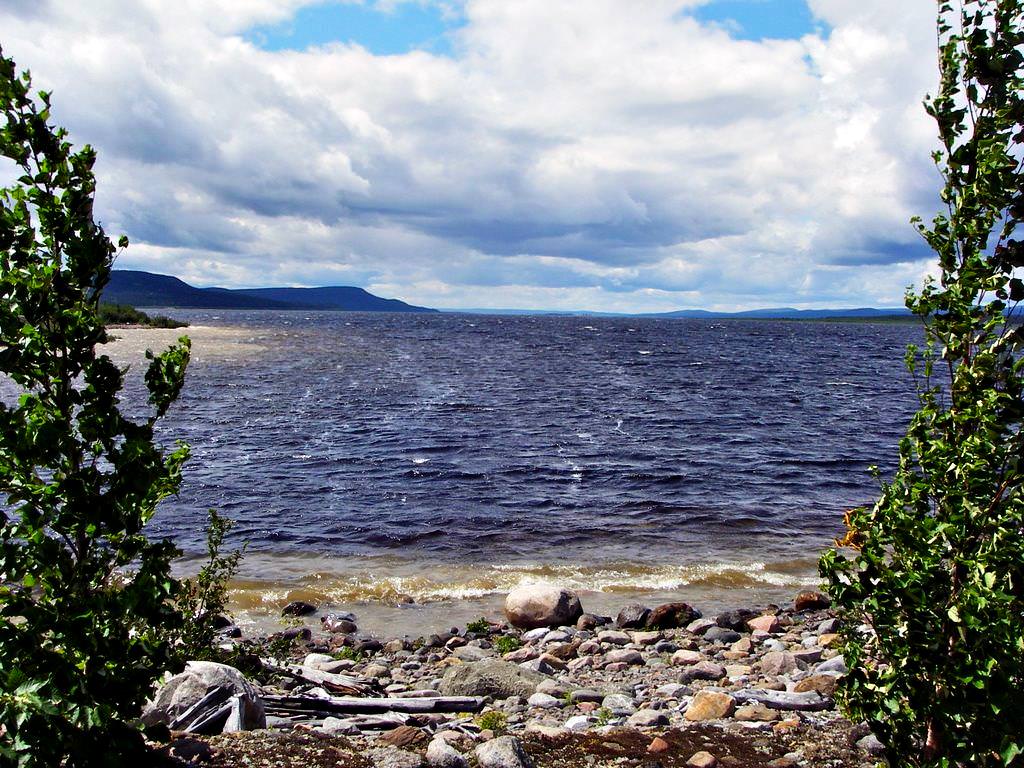
Manicouagan Crater Series 'Largest meteorite craters on Earth
Sep 8, 2023 jpg (4.66 MB) The International Space Station was orbiting 258 miles above Canada when an Expedition 59 crew member photographed Manicouagan Crater and the St. Lawrence River in Quebec.

The gallery for > Lake Manicouagan
The drowned lake is a 60-km long arc-shaped basin lying within the Manicouagan impact crater, the so-called 'Eye of Québec'. This dataset unravels the geomorphology and the late Quaternary environmental history of one of the deepest lakes in North America, which reached a natural depth > 320 m prior to the impoundment (> 100 m below modern sea level).

Manicouagan Crater YouTube
Manicouagan Crater was formed 214 million years ago, near the end of the Triassic Period, when an asteroid 5 kilometers (3 miles) wide struck what is now Canada. Today, the remnants of the crater are made visible by water and, sometimes, ice.
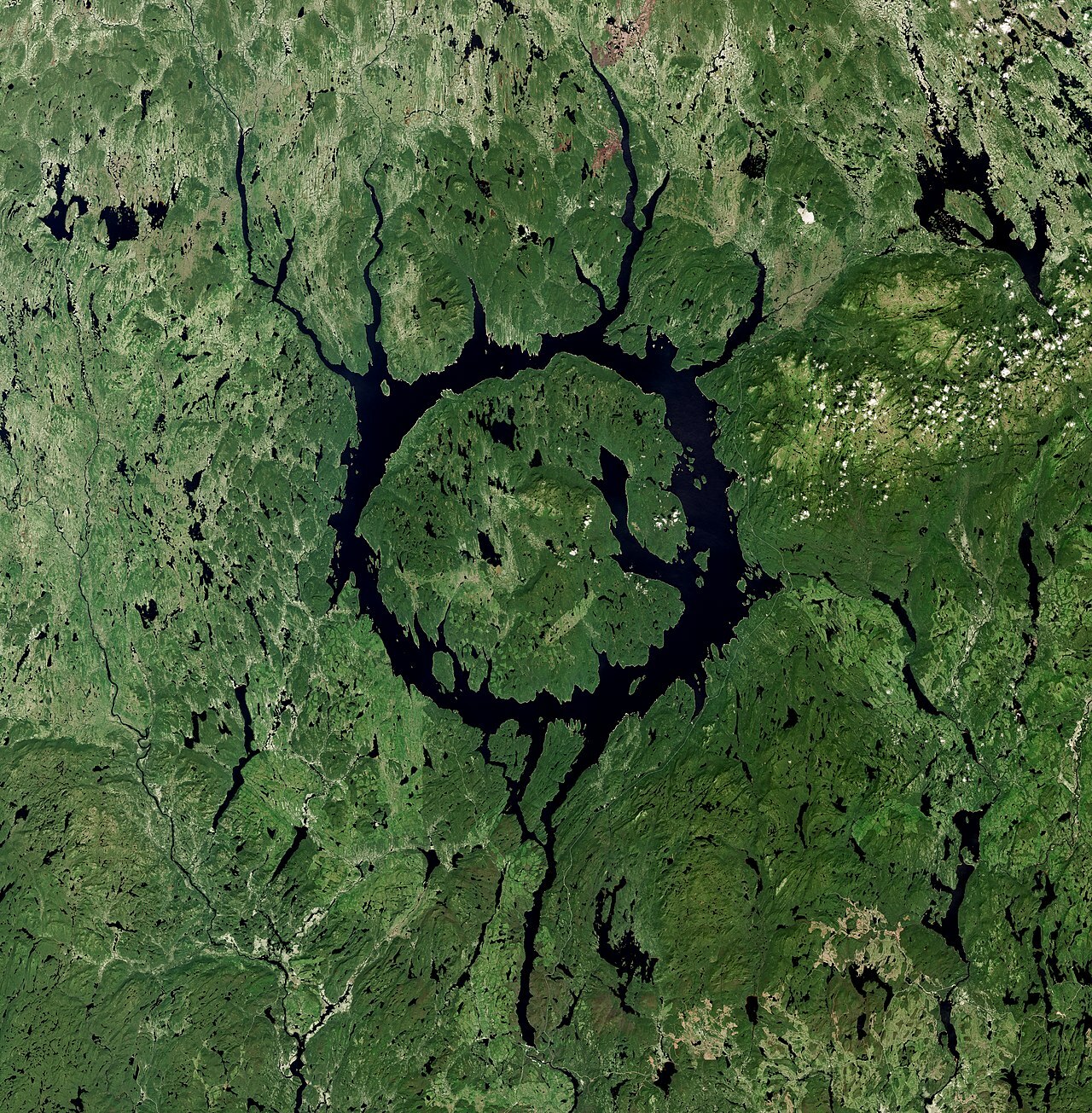
Manicouagan Reservoir Crater The Society
Manicouagan Crater is one of the world's largest and oldest known impact craters and perhaps the one most readily apparent to astronauts in orbit. The age of the impact is estimated at 214 million years before present.

Lac Manicouagan Impact crater, Satellite image, Earth from space
Check Out What Users Loved About This Hotel. Book the Room that Best Suits Your Needs. Travel Safely: Check the Cleaning and Safety Practices as Advised by the Property.

Fishing on the Manicouagan Crater Lake
The Manicouagan crater is one of the oldest known impact craters. It is in the Côte-Nord region of Québec, Canada. [1] It was caused by the impact of a 5 km (3 mi) diameter asteroid about 215.5 million years ago, [2] in the Upper Triassic. [3] The crater is a multiple-ring structure about 100 km (60 mi) across.
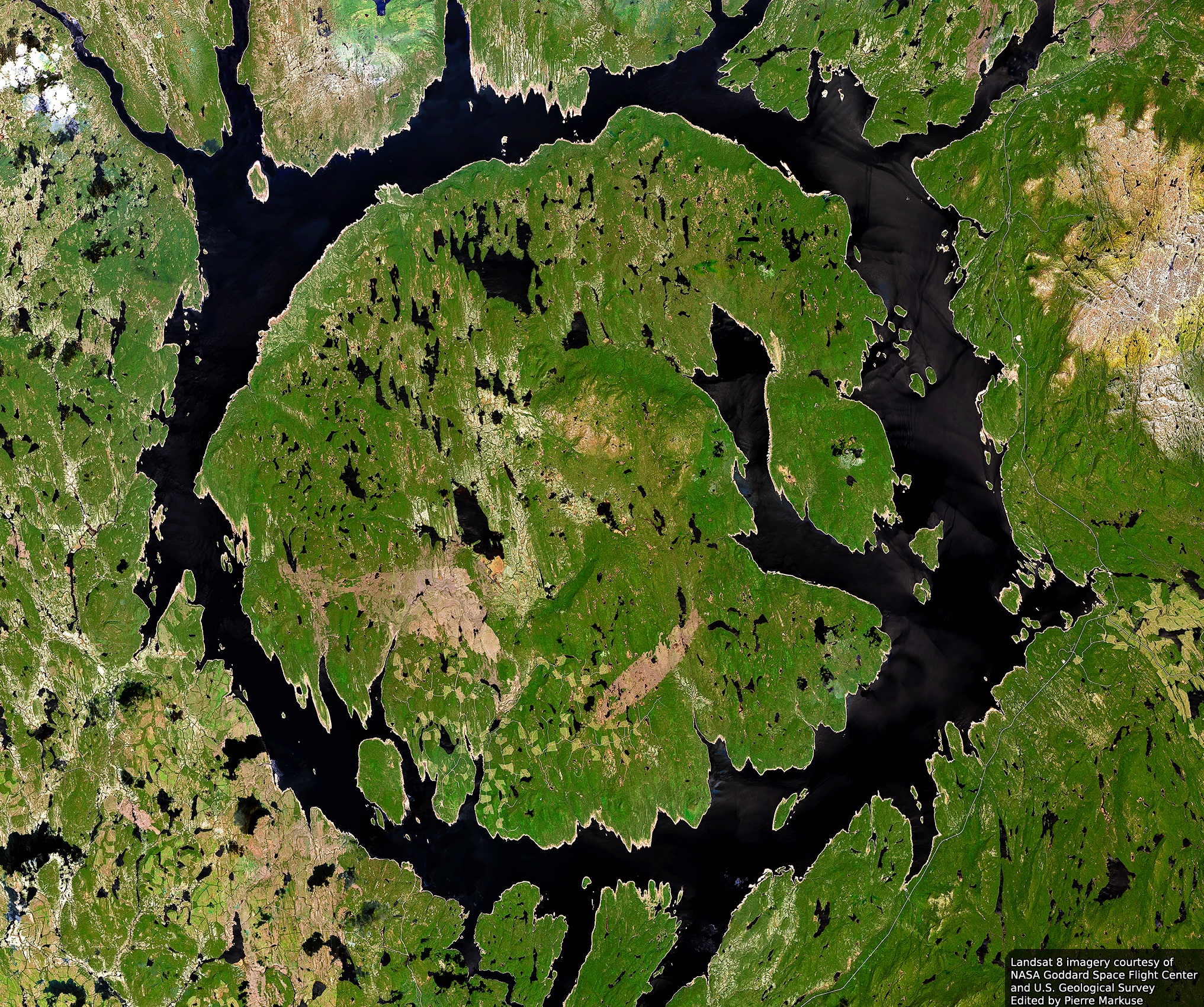
La structure d’impact de Manicouagan au Québec L'univers de la géologie
The crater is a multiple-ring structure about 100 kilometers (60 miles) across, with its 70 kilometer (40 mile) diameter inner ring as its most prominent feature; it contains a 70 kilometer (40 mile) diameter annular lake, the Manicouagan Reservoir, surrounding an inner island plateau, René-Levasseur Island.